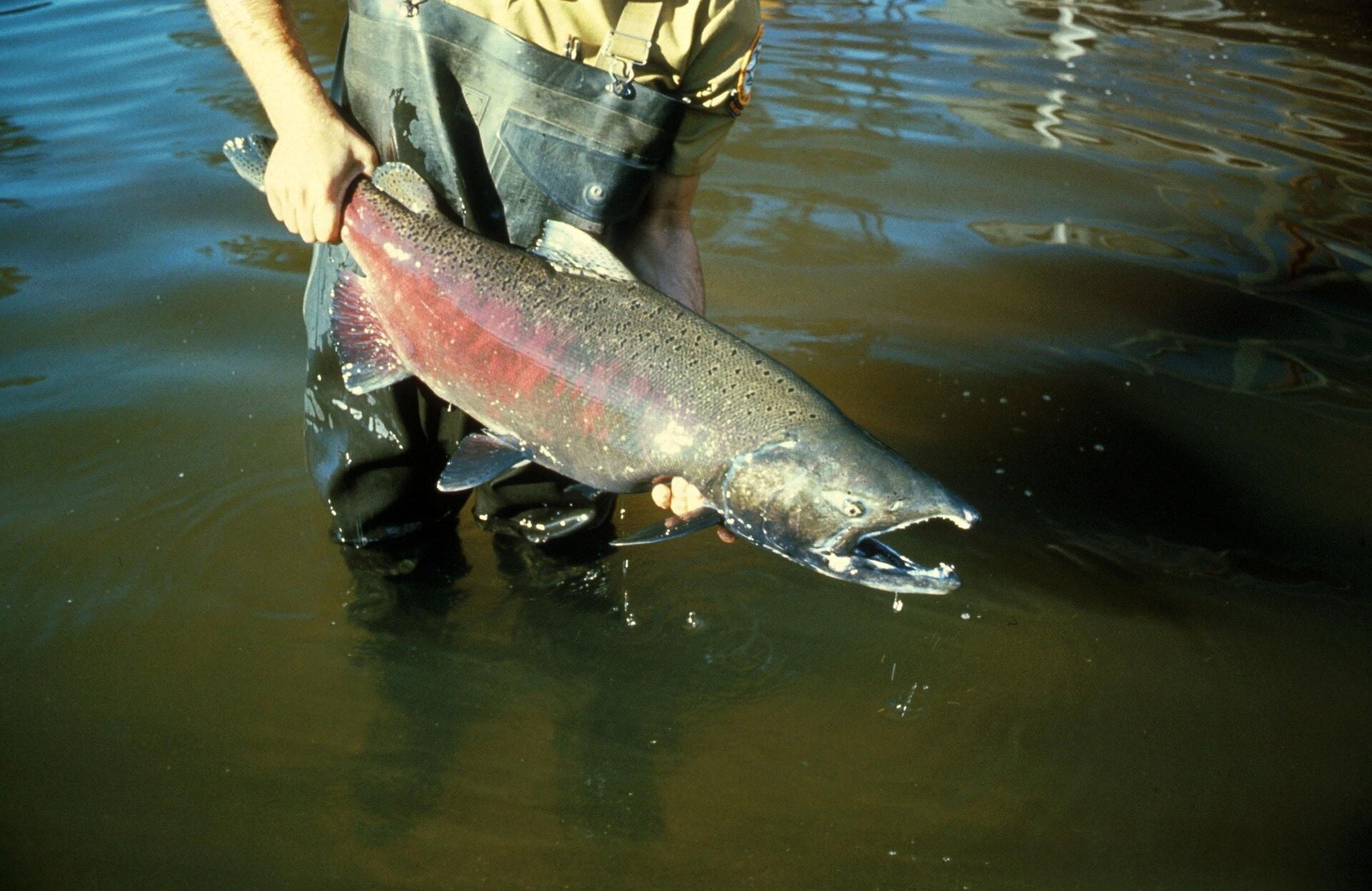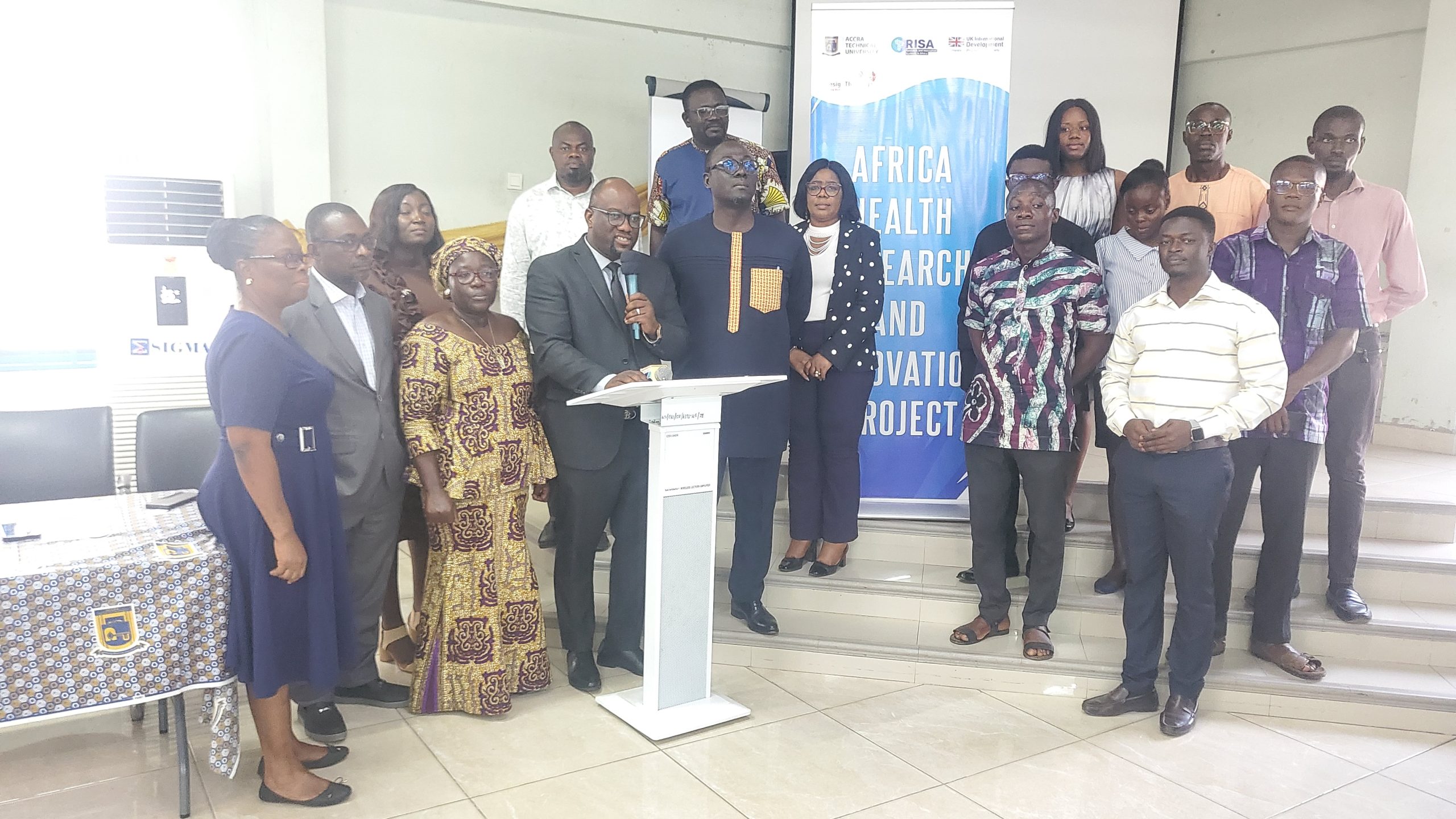- Hurricane Milton timeline: Where and when will it make landfall in Florida?
- CVS, UnitedHealth say FTC should take Lina Khan and two commissioners off drug middlemen case
- Ozempic underworld: Inside the black market of obesity drugs
- Weekly mortgage demand drops as interest rates hit the highest level since August
- HSBC exec says there's a lot of AI 'success theater' happening in finance
What do you believe is the single most important factor driving up the cost of living in Nigeria?

The bright and dark sides of Pacific salmon biotransport: Study tracks migration trends over 40 years
Each year, millions of Pacific salmon make a grand journey from the ocean to their freshwater spawning grounds at the end of their life cycles. This migration has rippling effects through food webs and ecosystems along the way.
Whether they decompose or are consumed by other animals, these salmon deliver both nutrients and contaminants they have accumulated in their bodies after spending most of their lives growing at sea.
A team of researchers from UConn, the University of South Dakota, the U.S. Geological Survey, Natural Resource Consultants, the University of Saskatchewan, the University of Missouri, and Regis University set out to study the transport of these nutrients and contaminants and trends as the salmon community changed over 40 years.
Their findings are published in the journal Nature.
Jess Brandt, assistant professor in UConn's College of Agriculture, Health and Natural Resources Department of Natural Resources and the Environment and the Center for Environmental Sciences and Engineering, led the project.


- October 9, 2024
New seed fossil sheds light on wind dispersal in plants



- October 9, 2024
AI-trained CCTV in rivers can spot blockages and reduce floods


- October 9, 2024
Ozempic underworld: Inside the black market of obesity drugs

- October 9, 2024
Chaos in Nyamira assembly as MCAs eject Speaker
Subscribe to our mailing list to get the new updates!

Subscribe our newsletter to stay updated
Thank you for subscribing!






